Religious and cultural norms play a part in intimate partner violence, but in cases like this one, police, courts and child protection services all have starring roles as enablers.
Published Oct 21, 2024 • Last updated 0 minutes ago • 8 minute read

Egyptian feminist Nawal El Saadawi said that motherhood is a prison for women, and marriage a grave. She meant it metaphorically — mostly. The traditional family confines and limits women. It is the altar upon which women’s hopes for their own lives are routinely sacrificed.
But she also meant it literally. For many women, motherhood is literally a prison, and marriage literally a grave. Hanadi Mohamed was one such woman. Subjugated, tortured and eventually murdered in her marriage, on Tuesday Oct. 8 Ms. Mohamed rose from the dead to deliver a scathing condemnation of her brutal, domineering husband. Hamid Ayoub was about to be sentenced, having just been convicted of murdering his wife and attempting to murder his own daughter, who had intervened in an effort to save her mother.
Advertisement 2
THIS CONTENT IS RESERVED FOR SUBSCRIBERS ONLY
Subscribe now to read the latest news in your city and across Canada.
- Exclusive articles from Elizabeth Payne, David Pugliese, Andrew Duffy, Bruce Deachman and others. Plus, food reviews and event listings in the weekly newsletter, Ottawa, Out of Office.
- Unlimited online access to Ottawa Citizen and 15 news sites with one account.
- Ottawa Citizen ePaper, an electronic replica of the print edition to view on any device, share and comment on.
- Daily puzzles, including the New York Times Crossword.
- Support local journalism.
SUBSCRIBE TO UNLOCK MORE ARTICLES
Subscribe now to read the latest news in your city and across Canada.
- Exclusive articles from Elizabeth Payne, David Pugliese, Andrew Duffy, Bruce Deachman and others. Plus, food reviews and event listings in the weekly newsletter, Ottawa, Out of Office.
- Unlimited online access to Ottawa Citizen and 15 news sites with one account.
- Ottawa Citizen ePaper, an electronic replica of the print edition to view on any device, share and comment on.
- Daily puzzles, including the New York Times Crossword.
- Support local journalism.
REGISTER / SIGN IN TO UNLOCK MORE ARTICLES
Create an account or sign in to continue with your reading experience.
- Access articles from across Canada with one account.
- Share your thoughts and join the conversation in the comments.
- Enjoy additional articles per month.
- Get email updates from your favourite authors.
THIS ARTICLE IS FREE TO READ REGISTER TO UNLOCK.
Create an account or sign in to continue with your reading experience.
- Access articles from across Canada with one account
- Share your thoughts and join the conversation in the comments
- Enjoy additional articles per month
- Get email updates from your favourite authors
Sign In or Create an Account
or
Article content
It was a letter written by Hanadi Mohamed after she had finally broken free of Hamid Ayoub — channelled to the court through the voice of assistant Crown attorney Louise Tansey. The letter was first and foremost an indictment of Mohamed’s Machiavellian husband. But between the lines was a scathing indictment of the society that had failed her.
There is nothing much more to say about Hamid Ayoub. His wife denounced him, his kids denounced him, the judge denounced him, and he is gone from our lives forever. There is plenty to say, though, about the justice system failures in this case. Having observed similar failures for nearly four decades now, I feel in a position to comment.
In her final statement to the court before Ayoub’s sentencing, Tansey spoke of the scourge of intimate partner violence, referencing the commemorative plaque to murdered women located in a park down the street from the courthouse. I know that plaque because I helped install it, in 1990, alongside a handful of women’s advocates. We were honouring Pamela Behrendt, 55, registered nurse, mother of three, slain in her Sunnyside Avenue home. We were just beginning to notice the justice system failures that so often precede these killings. Pamela Behrendt knew her husband was unstable and applied to the courts for exclusive possession of the matrimonial home. Her application was denied. “The courts must exercise extreme caution in removing a man from his home,” wrote the judge.
Advertisement 3
Article content
We were also beginning to notice that when men murder their partners they often do so with spectacular violence. Male rage against women is not something we have even begun to grapple with as a society. Pamela Behrendt was cut up with a chain saw. Hanadi Mohamed was stabbed 39 times. A man named Jean Fenelon is on trial right now in Ottawa for allegedly bludgeoning the mother of his children to death. Multiple blows to the head with a 30-lb. dumbbell shattered 24-year-old Marie Gabriel’s skull. Forensic pathologist Dr. Christopher Milroy testified that catastrophic injuries such as he observed on Ms. Gabriel are usually only seen in motor vehicle accidents, or in falls from a great height.

I suspect the overkill is due to some men’s rage against women’s will to freedom. The body is easy to kill, but women’s desire to be masters of our own lives cannot be extinguished. Men’s tyranny over women is a form of slavery, and we are imprisoned by their rage. But we do not accept our confinement, and we will continue to run from it. Hanadi Mohamed is the captive slave who has taken off for brighter shores; Hamid Ayoub the slaveholder who will find her and kill her for having the temerity to think that her life belongs to her.
Advertisement 4
Article content
But men like Hamid Ayoub do not act alone. We as a society facilitate them through our institutions of male dominance. Religious and cultural norms play a part in entrapping women, but police, courts and child protection services all play starring roles.
So many red flags ignored
A few weeks before her death, Hanadi Mohamed dialled 911 in a state of panic. The husband she so feared had approached her in a public place, taunting her that he knew where she lived. She had kept her new address from him. His words were a warning, intended to cause fear in her — as they did. They should have provided grounds for taking him into custody. Ayoub’s “chance encounter” with his ex-wife was the first red flag. His knowledge of her address was the second. Hanadi Mohamed’s terror was the third.
Hamid Ayoub blamed his wife for turning the children against him. Accusing women of parental alienation when they, by their own actions, have alienated their children, is a standard tactic of abusive men. It was the fourth red flag.
The police decided to pay a visit to Ayoub at his residence. There had been previous reports; the officers would have all calls and interventions on the screens in their vehicles as they made there way to his address. Arriving at Ayoub’s apartment, they were aware that he had in the past assaulted and threatened to kill his wife. Previous calls to police were the fifth red flag. That charges were not laid in these incidents must be read not as a mitigating factor, but an aggravating one. When a woman involves police and no meaningful action is taken, her abuser is emboldened, and she is rendered more vulnerable. Police failure to act in the past was the sixth red flag.
Advertisement 5
Article content
The fact that the couple was separated was the seventh red flag. It is well documented that women who leave their abusers are at increased risk of being seriously harmed or killed.

Ayoub answered the door. He was welcoming, cooperative, inviting the officers in without hesitation. The eighth red flag is a distraught, terrified woman and a calm, reasonable husband.
He showed them his artwork, explaining that he was studying for his Masters in Art Therapy at Concordia. The power differential between him and his wife, who struggled in English, was the ninth red flag.
He told police he was fearful of Hanadi Mohamed. This was a real whopper and the 10th red flag. Whether they fell for it or not we will never know. One of the attending officers testified that she left with a feeling that they were being manipulated. They did tell him to stay away from his wife. But despite all the information they had about Ayoub’s past violence, despite numerous red flags in this incident, despite Mohamed’s palpable fear, they asked him if he had looked into getting his locks changed, and advised him to call police if his wife should contact him. This would have been music to his ears.
Advertisement 6
Article content
To say they handled this call badly is the politest way I can put it. Not only did they remain neutral in their dealings with a man known to have threatened to kill his wife, they appear to have colluded with him.
… when men murder their partners they often do so with spectacular violenceLess than a month later, Hamid Ayoub stabbed his wife to death in front of her new residence. Turns out he had been monitoring her movements for months by means of an electronic tracking device.
In 2013, despite evidence that Ayoub had choked Hanadi Mohamed and held a knife to her neck, and despite the mandatory charging policy, no charges were laid. Mohamed was said to be “incredibly fearful” that charging her husband would only make things worse. This is precisely why we have the mandatory charging policy: to take the onus off the woman. That abused women often recant in spite of this policy speaks to their lack of confidence that they will be protected once charges are laid. Their fears are justified. It’s not only their irate batterer they have to worry about. Breaking the silence puts them in the sights of both CAS and the family courts, neither of whom seem able to see through the manipulations of abusive men. The battered mother soon finds that her behaviour, her motivations have become the subject of scrutiny and suspicion. “Father’s rights” trump the rights even of the women and children they have tortured. The strain that abused women are under cannot be overstated.
Advertisement 7
Article content
We need to bear witness
Bias against women runs like a cancer through our society. Until we begin to confront the institutional indifference to women’s plight, we will continue to bury our sisters. We will bury the next one and the next one and the next; put the next guy and the next and the next to trial. And we will have some satisfaction in seeing individual men held to account. Stakeholders will continue to mumble about needing to do better. There will be little tweaks. But nothing will change.
Simone de Beauvoir cautioned women to beware of the bones thrown to us. They are mystifications, she said, intended to make us think that something is being done for us; to pacify and subdue us. To take the edge off our anger and rebellion.
We need our anger. Nothing will change until women rise up as a class and refuse to accept the terrible conditions assigned to us. Men’s control of women is neither natural nor inevitable. It is a set of ideas, nothing more, that can and must be challenged and changed.
But first we have to see clearly what is happening; we have to bear witness to what is happening to women: see the horrors, see the system failures for ourselves. There was barely a soul in the courtroom as Hanadi Mohamed’s killer stood trial; as if her life and death didn’t really matter. The atrocities committed against her are now buried in legal transcripts.
Advertisement 8
Article content
I encourage the women of Ottawa to come to Room 36 at the Elgin Street Courthouse over the next few weeks as Marie Gabriel’s accused killer stands trial. Come, listen, observe. Come and make a statement that she was loved; that her life mattered. Come as a statement of protest against her killing. Come as a statement of defiance. We are not afraid of men — and we demand they get their lives together and stop destroying ours.
The case of Gisele Pelicot, whose husband drugged and raped her and recruited the men of her community to rape her, has triggered protests across France. Perhaps, in memory of Hanadi Mohamed and Marie Gabriel, we can trigger similar protests across Canada.
Donna F. Johnson helped establish Canada’s first monument to murdered women in Minto Park, Ottawa. She is on the Canadian team for Hague Mothers, a global campaign aimed at ending the injustices created by the Hague Convention for mothers and children fleeing abusive men.

Recommended from Editorial
-

Killaloe OPP arrest four, lay charges in intimate partner violence cases
-

BOOK EXCERPT: Denise Chong's Out of Darkness is a tale of abuse — and deep courage
Article content
.png)
 3 hours ago
9
3 hours ago
9







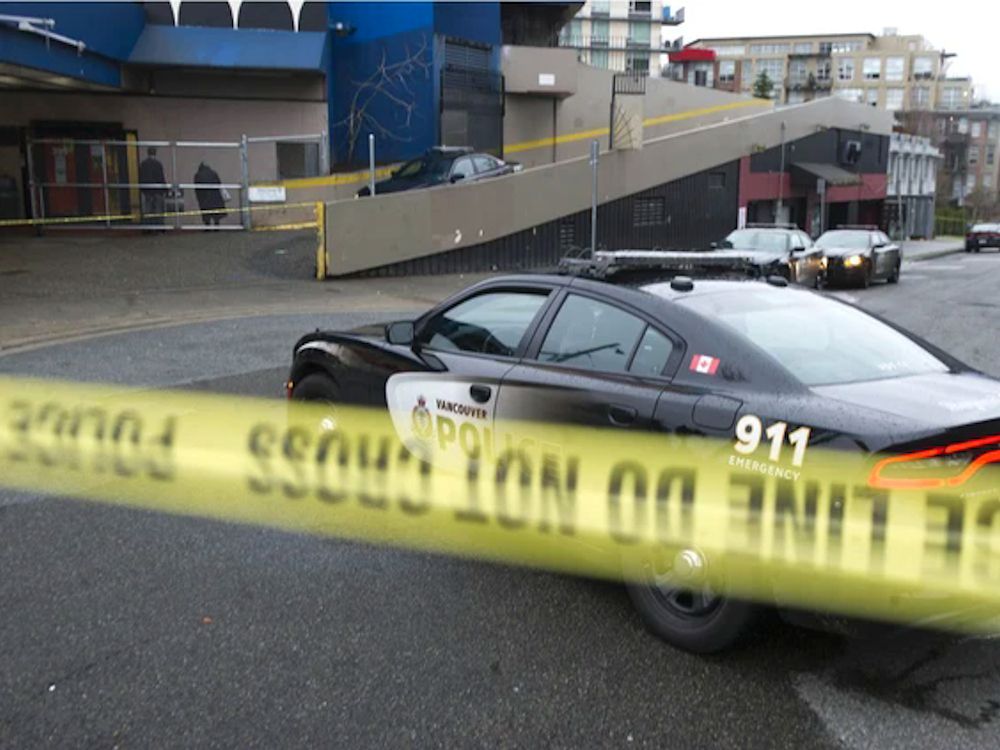




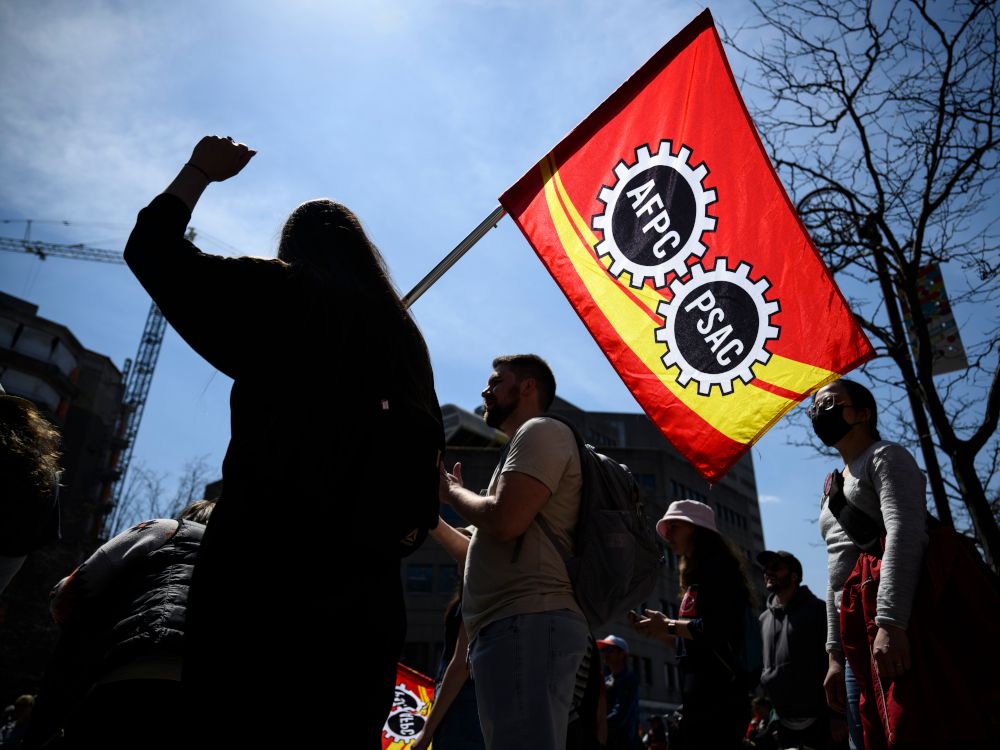
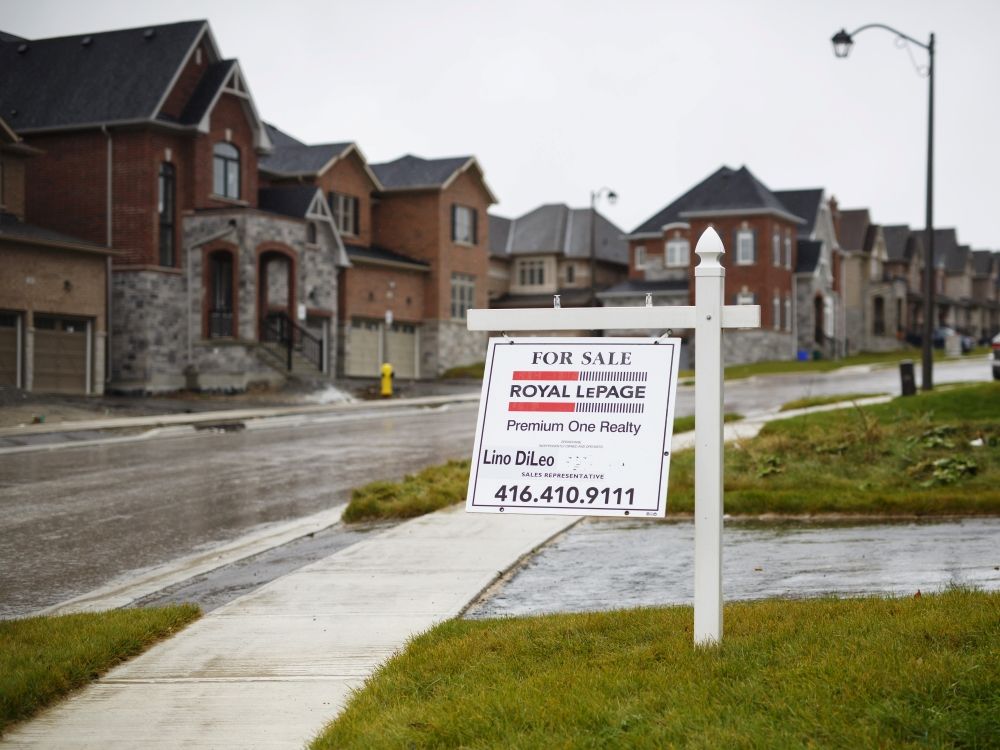












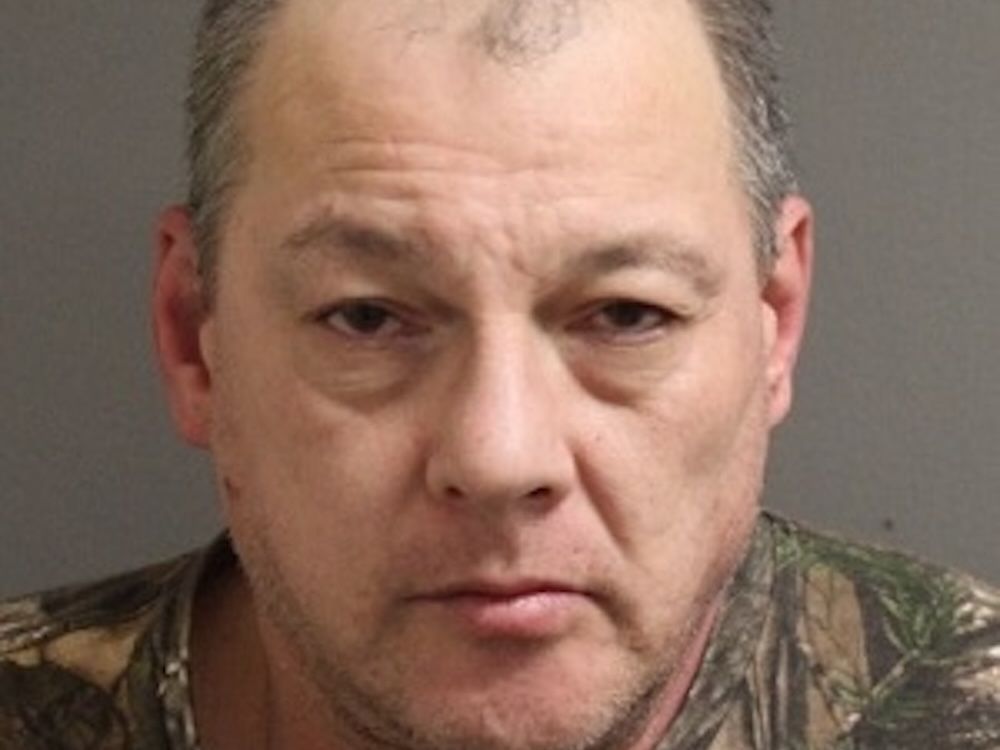
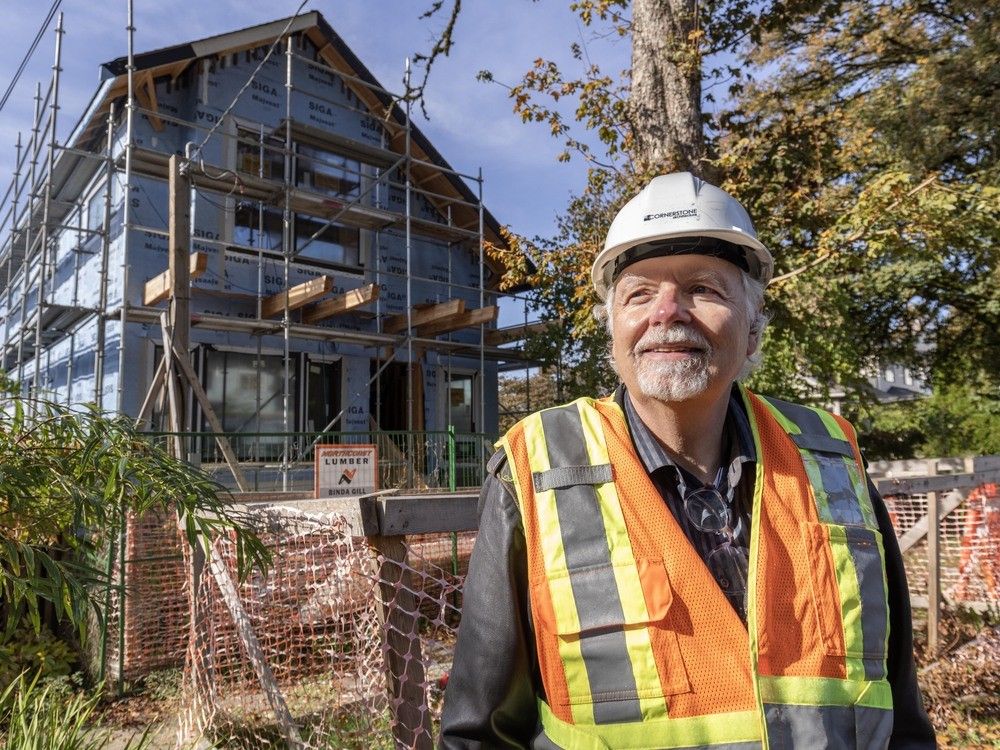
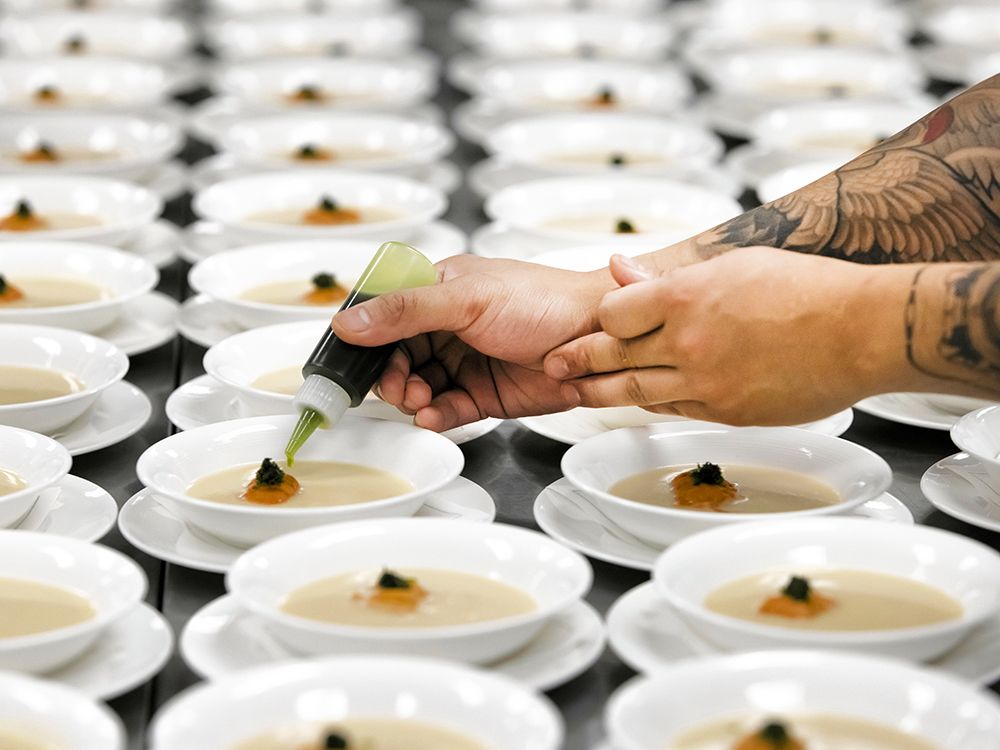

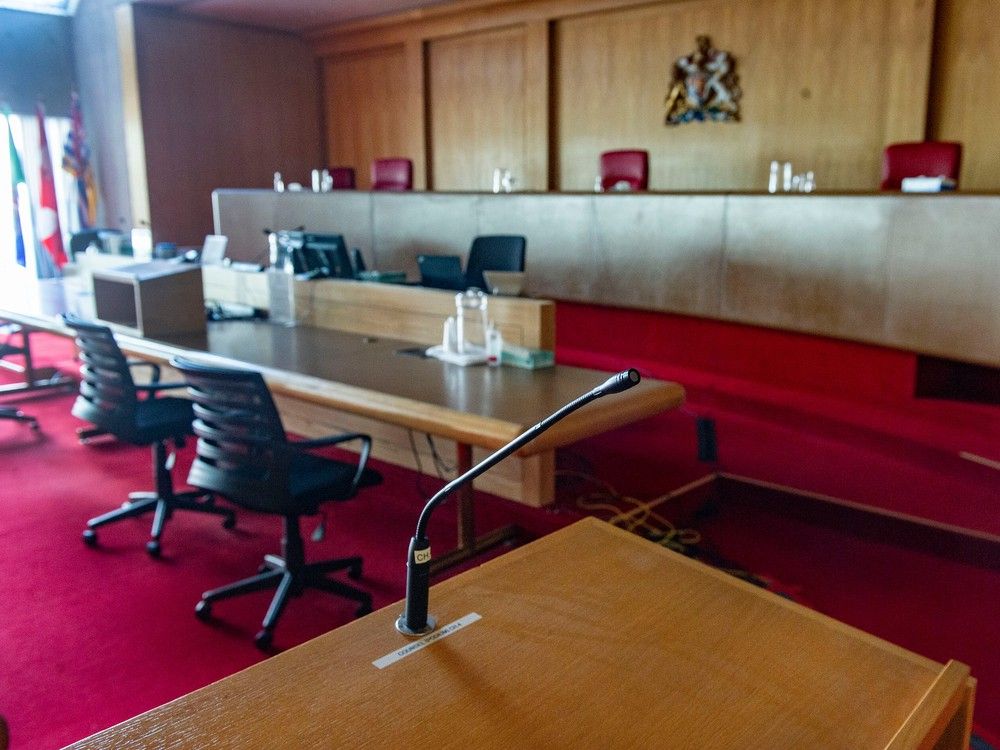



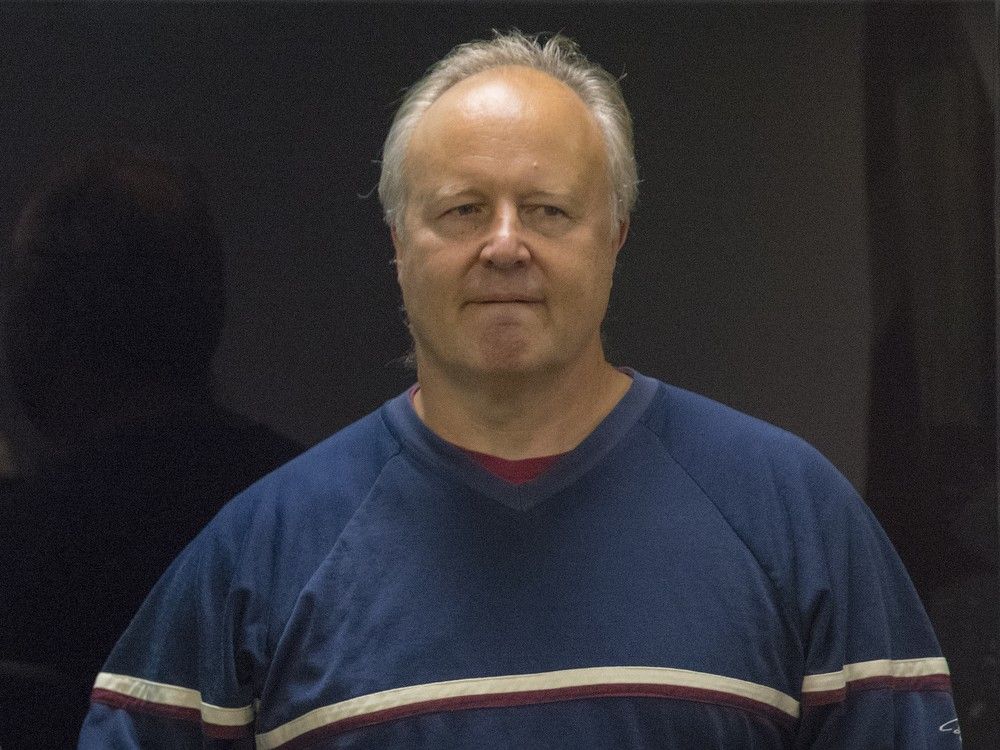

 Bengali (BD) ·
Bengali (BD) ·  English (US) ·
English (US) ·